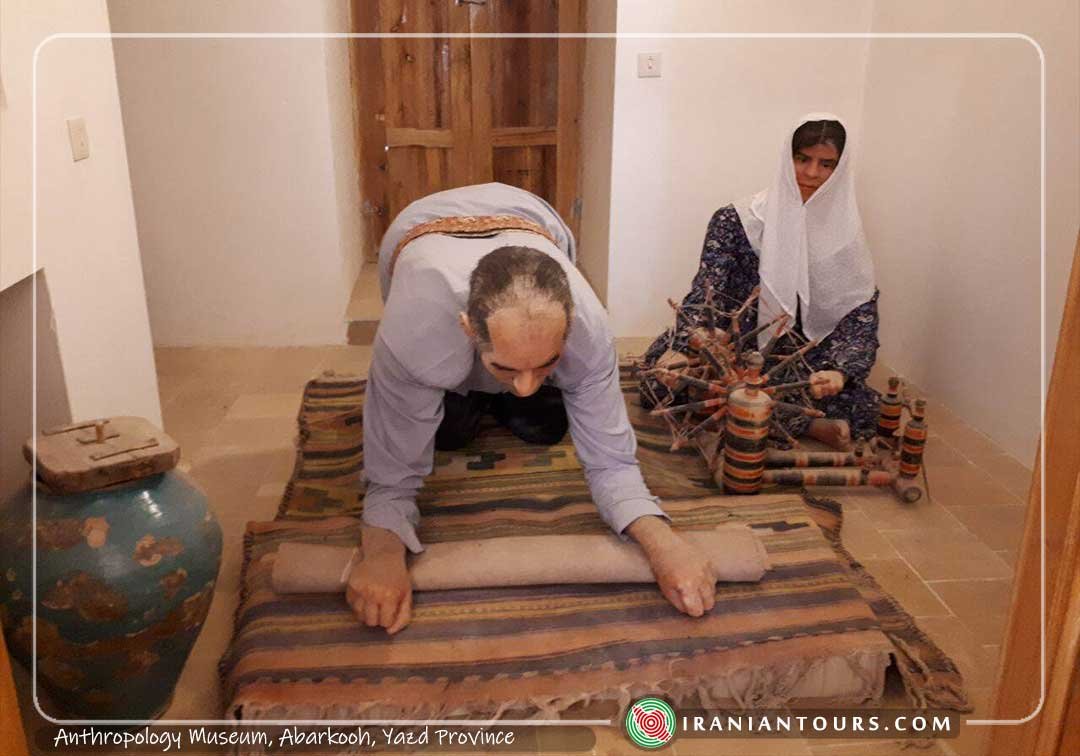Abarkooh Anthropology Museum
Also known as : Solat Historical House
Hosted in the beautiful historical Solat House is a tremendous example of Iran’s peak in the Muqarnas art form. Entering through the intricately decorated portal, every corner of the beautiful house of antiquity catches the eye.
Located in a rustic neighbourhood in Abarkooh, Yazd, Iran, the Solat House has much to offer tourists in terms of Iranian architecture. The building, a beautiful specimen of traditional Iranian architecture, has all of the wonderful features visitors can ask for!
As a bonus, the Abarkooh Museum of Anthropology has also taken residence in Solat House. Here visitors can see many ancient artefacts belonging to the past Persian society and its unique people.
Although the house itself belongs to the Qajar Era, there are some things under its roof that take it even further back. Some items in the Abarkooh Anthropology museum date back to the beginnings of Islam in Iran.
The majority of the items in the museum, therefore, belong to various Islamic periods, especially the Ilkhanate, Safavid and Qajar Dynasties.
The property takes up a total area of 1,000 square meters, with the exterior courtyard taking up 150 of those meters.
The historical Solat House is comprised of three floors; two stories above ground and one story underground.
Magnificent masterpieces of Persian architecture and design can be seen all over the Solat House. Of the most distinguished are the many beautifully decorated columns and arcades that span all around the courtyard.
Filled with intricate floral patterns and reliefs; the plasterwork seen here is a great example of how wonderfully delicate and precise authentic Persian art and architecture can be!
The Solat House’s entrance portal is also a masterpiece definitely worth mentioning. Absolutely adorned in beautiful stucco work alongside elegant examples of the famous Iranian muqarnas. Entering in through this richly decorated portal is a good warm for what is to come.
In the museum archive of the Solat House, there are over 525 historical Persian artefacts in store for tourists and visitors to view. These artefacts include, but are not limited to: various guns and pistols, old documents, coins of Iran’s old currency, the coin of Imam Reza, stamps and items from the Jameh Mosque excavations.
Decorative items, handwritten scriptures, agricultural instruments, bathroom amenities, lighting fixtures, antique music boxes, pottery vessels, crystals and more can be found!





